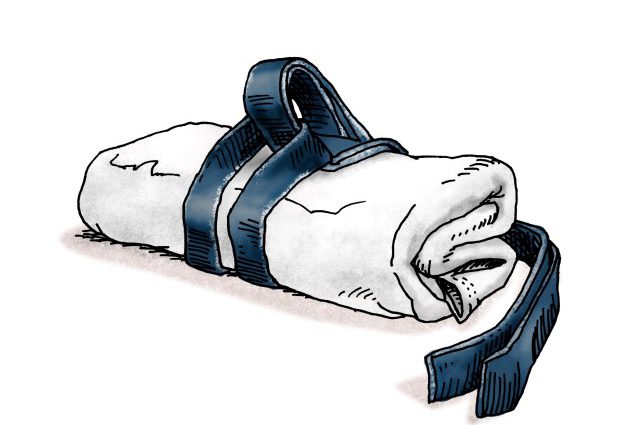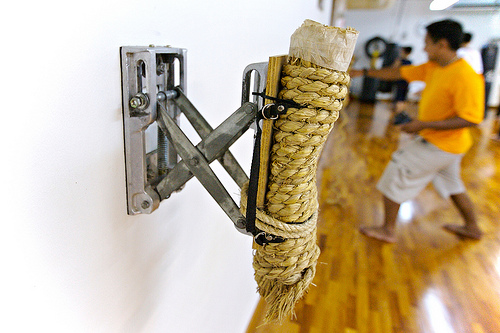The other day I was thinking about what you should do after you get a good hold/lock/submission on somebody. In MMA/Ju-jutsu/Wrestling/Judo and other Martial Arts it’s easy:
You just release when they tap.
But in self-defense they don’t tap. They scream! (Let’s just say I know this from own experience…).
It is quite a dilemma: What should you do after you get your perfect armbar/leglock/chokehold or whatever on the opponent? If you have a good and safe position, with good balance, you can maybe use one arm to pick up your phone and call the police, if that’s what you want. But if you don’t need the police, or can’t reach your cell-phone, you have basically two options:
- Release the limb.
- Break the limb.
There is really not much more you can do. It really boils down to these two.
So let’s talk about them:
Option #1: What would happen if you release your lock on the arm/leg/hand? My guess is that the opponent would be furious, and attack you again, with even more power. After all, you have “humiliated” him/her, and he/she wants “revenge”. It’s like this: Imagine if you would take a dangerous lion, put it in a cage, shake the cage violently, and then suddenly release the lion! You would be eaten in seconds, right?! Humans are animals too, with essentially the same basic instincts. Or at least we were.
Release the bad guy and you will have an angry bad guy.
Option #2: So let’s look at option number two. Breaking the arm/leg/hand or whatever you are holding. There are two obvious negative effects of this. If you do break it, you will lose your advantage of control (that is, if you don’t quickly take the other arm/leg/wrist and apply a new lock). And secondly, breaking will result in a really bad injury. A broken bone is not a light injury after all, and you will have to live with the thought that you may have handicapped a person, depending on the amount of damage you did.
The positive side (if breaking someone’s bone can ever be positive) of breaking is that the opponent isn’t likely to chase you with a broken leg or arm, and he/she will most likely lose the will to fight. Imagine the same lion we talked about earlier. Break it’s paw (if that’s even physically possible) or leg, and then release it. Chances are, it will be crying like a kitten.
And a human is likely to do the same.
There are pro’s and con’s of both options, and I really think that the situation must determine the outcome.
You do what you have to.
PS.
About breaking: I once asked the famous Kyokushin-legend Nishida Yukio (Mas Oyama’s right hand), if he had ever broken anything. He looked at me, mildly amused, and said “Yes, of course”.
Then he silently pointed at his left thigh, his right side rib, his left side rib, and his right arm.
Ouch!



6 Comments